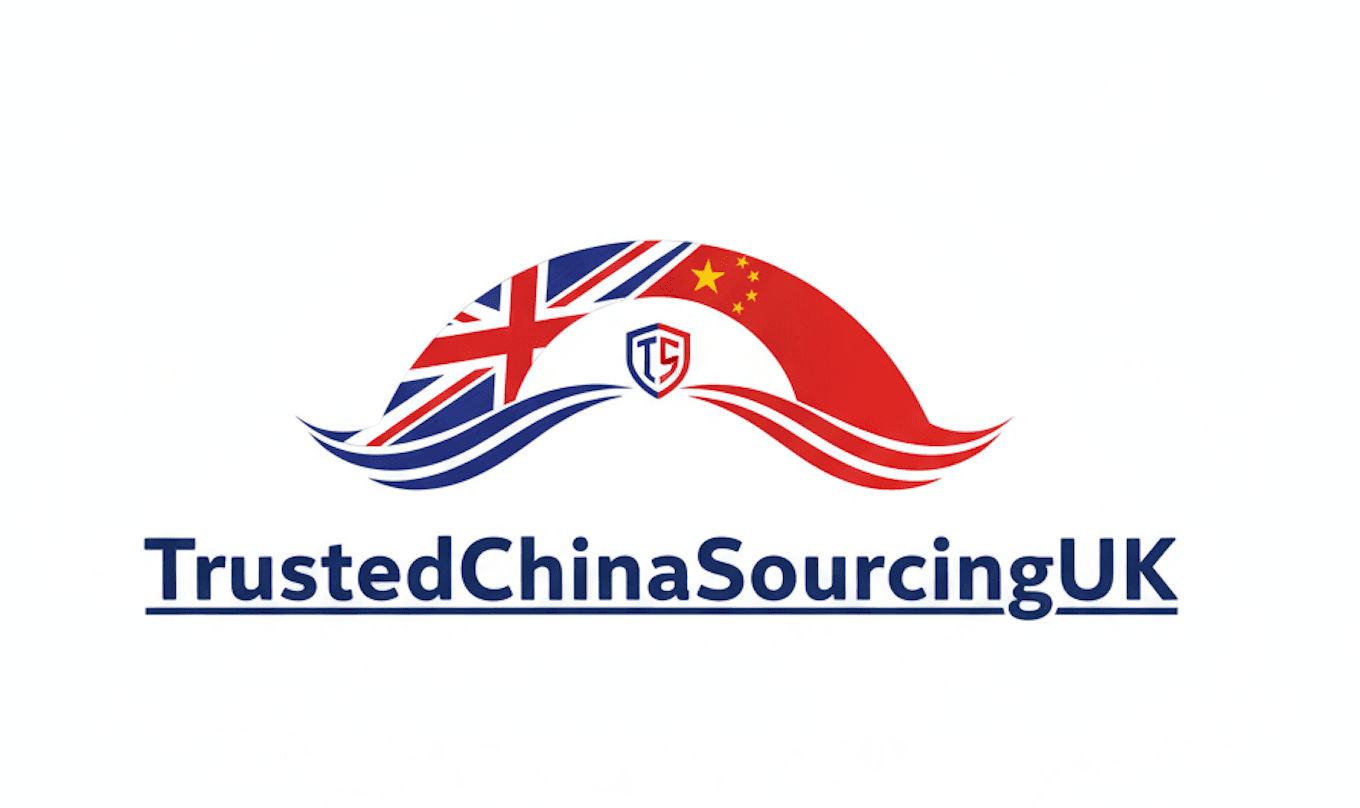Leveraging Seasonal Trends in UK-China Supply Chain Management
Understanding Seasonal Trends in Supply Chain Management
In the dynamic world of supply chain management, understanding and leveraging seasonal trends can be a game-changer. For businesses operating between the UK and China, recognizing these patterns not only helps in optimizing logistics but also in boosting profitability. By anticipating demand fluctuations and aligning supply chain strategies accordingly, companies can significantly enhance their operational efficiency.
Seasonal trends often dictate consumer behavior, influencing everything from product demand to shipping schedules. In the UK-China corridor, these trends can be driven by various factors such as holidays, festivals, and weather changes. For instance, the Chinese New Year and the Christmas season in the UK are peak periods that require meticulous planning and execution.

The Impact of Cultural Events
Cultural events have a profound impact on supply chain dynamics. The Chinese New Year, for instance, leads to a temporary shutdown of factories in China as workers return home to celebrate. This can cause significant delays in production and shipping. Hence, businesses need to plan their inventory well in advance to mitigate any disruptions.
Similarly, the Christmas season in the UK sees a surge in demand for certain products. Retailers need to ensure that their shelves are well-stocked ahead of time, requiring close coordination with suppliers in China. Understanding these cultural nuances is crucial for effective supply chain management.
Weather-Related Challenges
Weather conditions also play a critical role in shaping supply chain operations. In the UK, winter months can bring about logistical challenges such as transportation delays due to snow and ice. On the other hand, China may experience typhoons or flooding during certain seasons, affecting production and shipment timelines.

To counteract these challenges, businesses must adopt flexible strategies. This could involve diversifying their supplier base or using advanced forecasting tools to anticipate potential disruptions. By doing so, they can maintain continuity in their supply chain operations despite adverse weather conditions.
Technological Solutions for Seasonal Adaptation
Leveraging technology is essential for adapting to seasonal trends effectively. Advanced data analytics can provide insights into consumer behavior patterns, allowing businesses to predict demand more accurately. Additionally, digital tools can facilitate real-time communication between suppliers and retailers, ensuring smooth coordination even during peak seasons.
Automation is another key element that can enhance supply chain efficiency. By automating routine processes such as order processing and inventory management, companies can free up resources to focus on strategic planning and decision-making.

Strategies for Successful Seasonal Management
Developing a robust strategy for managing seasonal trends involves several critical steps:
- Forecasting Demand: Utilize historical data and market analysis to predict seasonal demand variations.
- Inventory Management: Adjust inventory levels proactively to meet anticipated demand spikes.
- Supplier Coordination: Maintain strong communication with suppliers to ensure timely deliveries.
- Risk Mitigation: Develop contingency plans to address potential disruptions caused by cultural events or weather changes.
By implementing these strategies, businesses can not only navigate the complexities of seasonal trends but also capitalize on them to gain a competitive edge in the UK-China supply chain landscape.
Conclusion: Embracing Seasonal Dynamics
In conclusion, understanding and leveraging seasonal trends is vital for successful supply chain management between the UK and China. By anticipating changes in demand and preparing accordingly, businesses can optimize their operations and enhance their resilience against potential disruptions. Embracing technology and strategic planning are key components in this process, enabling companies to turn seasonal challenges into opportunities for growth.

